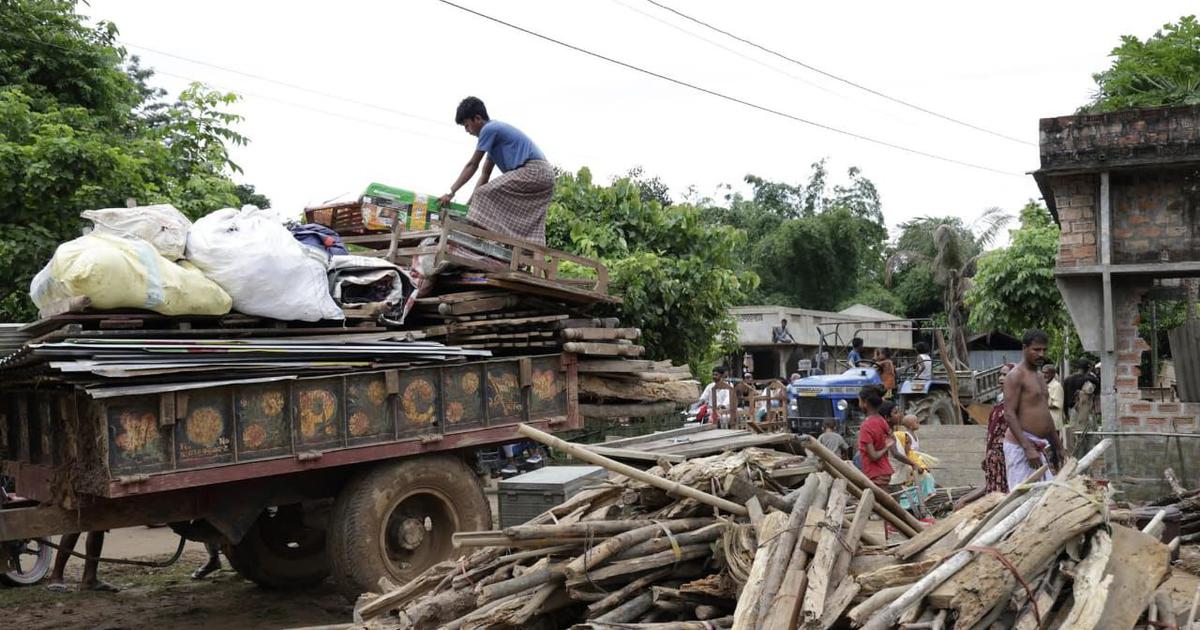
By Suraj Gogoi / Scroll
It was perhaps with legitimate fury that daily wage labourer Moinul Haque was gunned down seconds after he proceeded with a stick against an advancing police party to protest an eviction drive in Sipajhar area of Assam’s Darrang district on September 23 last year.
The day after Haque was brutally murdered, I spoke to my friend Nazimuddin, who was still in shock. He told me that the previous night, he’d had a dream about the police force retreating from the eviction site. Nazimuddin’s unconscious mind was churning with the trauma and fear of being Muslim in Assam.
His dream could be read as a warning about the potential violence that Muslims may face in everyday life. It could also be read in relation to the violence that has already humiliated, mutilated and marked their bodies. The necrophilia that accompanied the Nellie massacre of Muslims in 1983 during the Assam agitation was not very different from the desecration of Haque’s body by a cameraman after he was shot.
Bonfire of the horns
The day before Haque was killed, on the eve of World Rhino Day, a bonfire was organised on September 22 last year in Assam’s Bokakhat district, home to the Kaziranga National Park and the habitat of the state animal – the one-horned rhino.
A week before the event, the state cabinet decided that rhino horns recovered from poachers and from animals that had died natural deaths would be burned. Assam Chief Minister Himanta Biswa Sarma argued that the myth that rhino horn has medicinal value needed to be busted. To do so, the state deployed science, religion and the police band.
Before the fire was lit by a high-tech drone, this effort to explode the myth was preceded by a ceremony conducted by a priest. The Assam Police provided a funeral and the gayatri mantra was chanted. Sarma issued a reminder: his was a tough government and poaching would not be tolerated.
To me, the event and its powerful symbolism was disconcerting. Here stood a chief minister who thought nothing of burning the state symbol publicly but also turned the cremation into a quasi-religious ritual.
It brought to mind political psychologist Ashis Nandy’s writing about Nathuram Godse’s defence in court that in order to save Mother India, he had to kill the Father of the Nation, Mahatma Gandhi.
This story was originally published in scroll.in . Read the full story here






